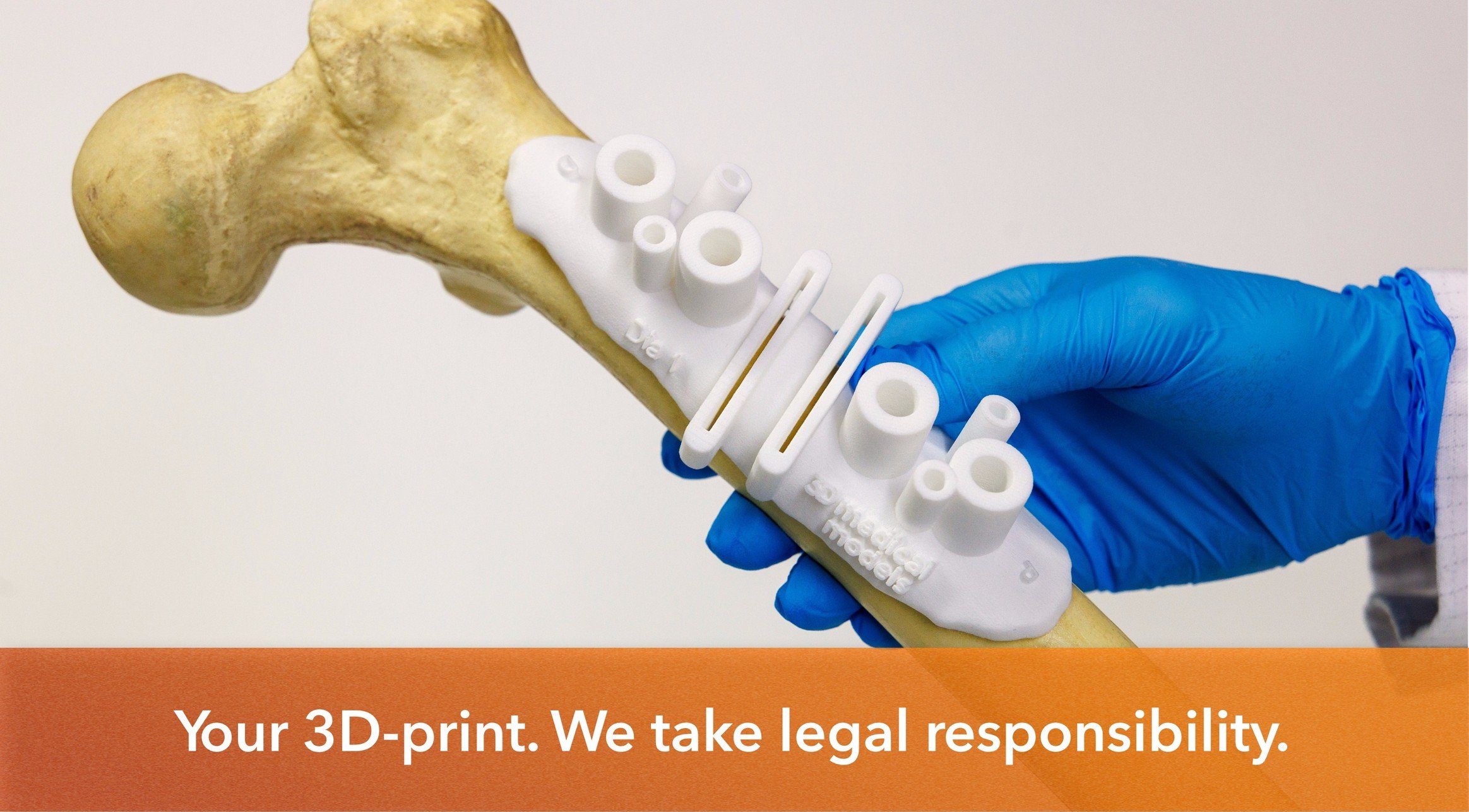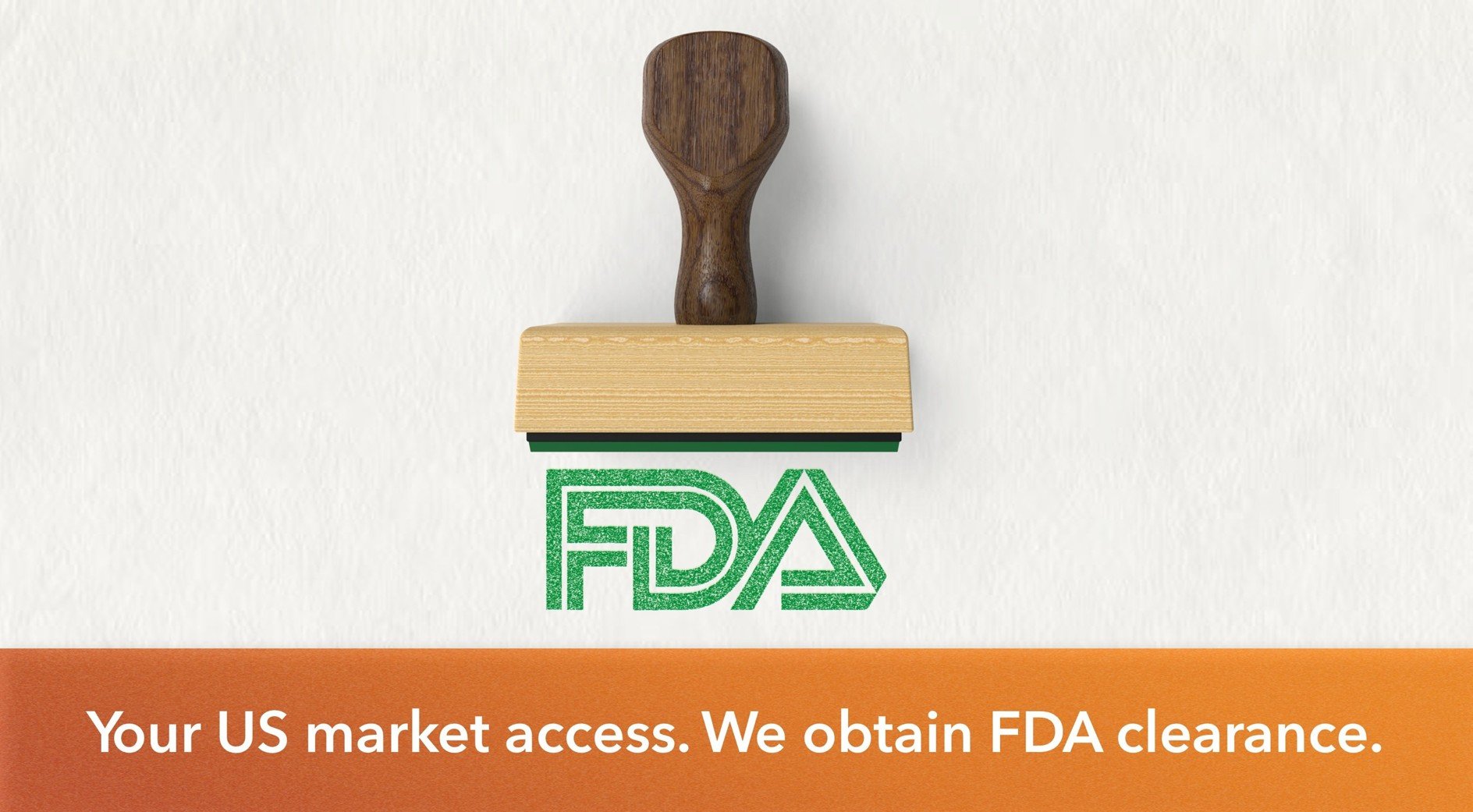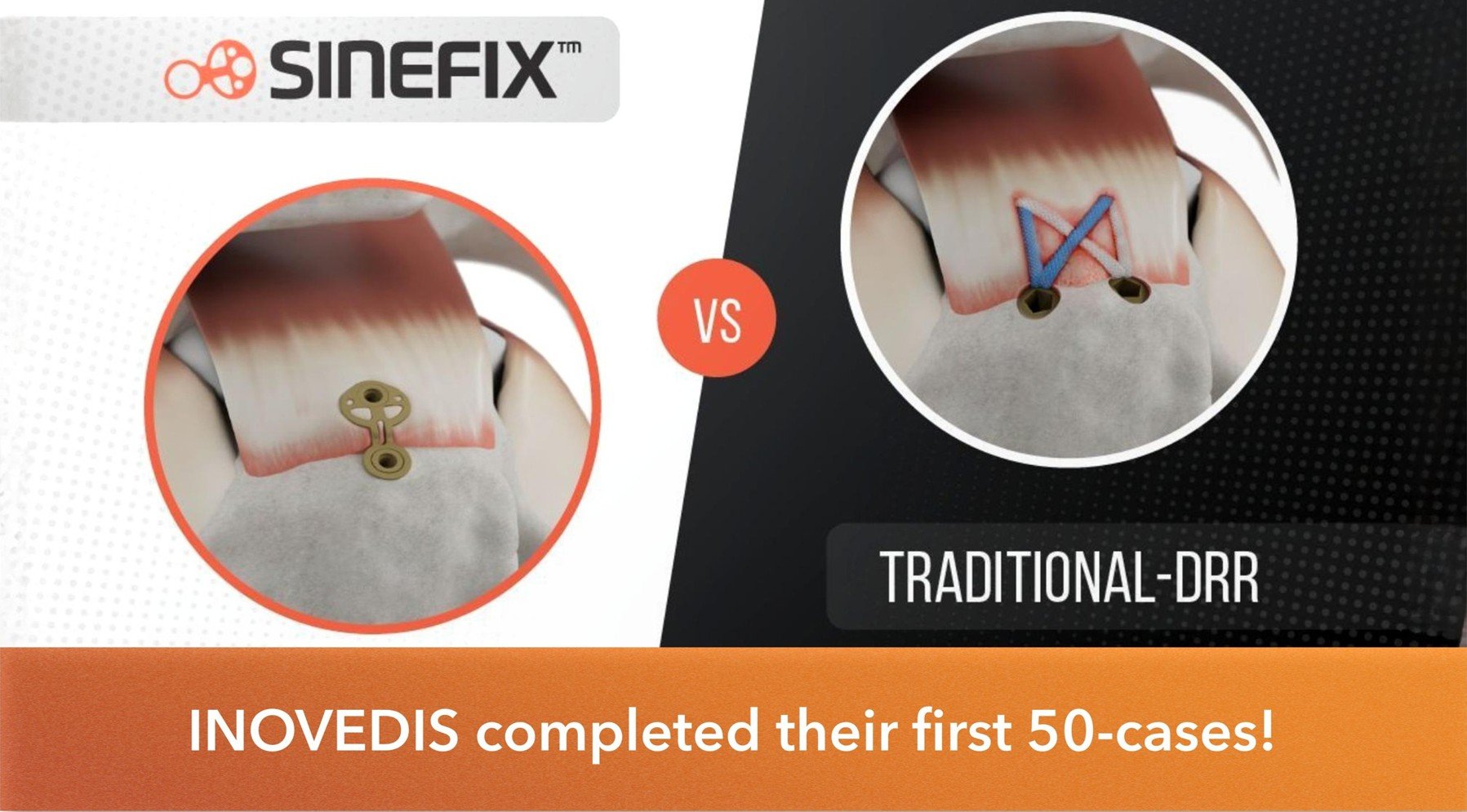Regulatory Compliance for 3D Printed Tools
A new regulatory approved route for custom made 3D printed products
The rise of 3D printing in healthcare has transformed how hospitals and clinicians create custom-made products such as surgical guides, offering precision for patient-specific treatments. Yet, one question has lingered: Who is the Legal Manufacturer? When a 3D-printed product doesn’t fit or leads to complications like infections due to poor sterilization, who takes responsibility? The hospital makes and orders the scan and the printing company just prints. Now who takes the end-responsibility that the products are safe, biocompatible and clean? Since May 2025, a new MDR-approved route through a partnership between 3DMM for production and BAAT Medical for regulatory compliance provides clarity and compliance for these Class IIa medical devices.
A breakthrough in MDR compliance for 3D-printed devices
This collaboration introduces a streamlined process for MDR-compliant surgical guides. 3DMM focuses on manufacturing, while BAAT Medical acts as the Legal Manufacturer, ensuring full compliance with the Medical Device Regulation (MDR). BAAT validated the process and created a technical file and now issues a Statement Annex XIII with each product, confirming its MDR compliance. Hospitals retain responsibility for clinical use, but BAAT shoulders the accountability as the Legal Manufacturer, ending the back-and-forth confusion.
Why MDR compliance matters for custom-made surgical guides
Custom-made medical devices like surgical guides are tailored to individual patients, making them invaluable but complex under MDR (Annex XIII). Without a clear Legal Manufacturer, risks escalate. What if inadequate cleaning causes an infection? This MDR-approved route designates BAAT as the responsible party, safeguarding patient safety and ensuring regulatory compliance in healthcare.
How to identify your product’s Legal Manufacturer?
For 3D print labs and hospital clinicians ordering 3D-printed medical devices, knowing who’s accountable is critical. Here’s how to check:
- Beyond the Declaration of Conformity (DOC): A DOC from an ISO 13485-certified supplier is promising, but it doesn’t guarantee an MDR-compliant technical file for your product.
- Look for a Statement Annex XIII: This document is the formal statement that confirms a Legal Manufacturer has taken responsibility under MDR.
Ending the “You or Me?” debate with MDR-approved 3D printing
The question of “Who is the Legal Manufacturer?” is now solved with BAAT Medical as the Legal Manufacturer and 3DMM as the production expert, this partnership delivers MDR-compliant custom-made devices with transparency and trust. Clinicians can rely on 3D-printed surgical guides that meet Europe’s strictest standards, while 3D labs benefit from a validated process without the regulatory burden.
Ready to explore MDR-compliant 3D printing for your hospital or lab? Visit 3D Medical Models to learn more about this game-changing collaboration.
You can also contact us today to ensure your custom-made surgical guides meet the highest standards of safety and compliance.




